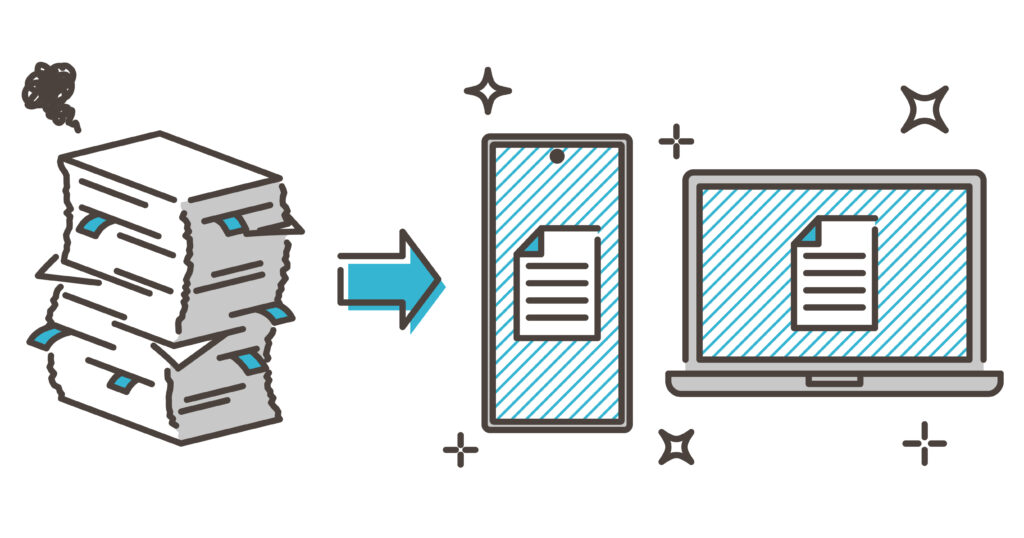In the rapidly digitizing world, Optical Character Recognition (OCR) stands as a pivotal technology that transforms the way businesses and organizations handle data. The ability of OCR to convert different types of documents such as scanned paper documents, PDF files, or images captured by a digital camera into editable and searchable data paves the way for a remarkable boost in productivity. Through this technology, it’s no longer necessary to manually input data from physical documents, which not only saves valuable time but also significantly reduces errors.
A concrete example of a tool leveraging this powerful technology is Foxit Word to PDF Converter. By utilizing OCR, this software enhances the conversion process, ensuring that the resultant PDFs maintain their original formatting while simultaneously enhancing their searchability. It’s a testament to the operational efficiency and versatility that OCR technology offers.
Understanding OCR Technology
OCR technology operates through a combination of artificial intelligence (AI), computer vision, and pattern recognition. It starts by identifying text within a document or an image and then proceeds to ‘read’ it. The process involves distinguishing the shapes and patterns of the letters or characters, then converting them into a form that a computer can understand and process.
What makes OCR a game changer is its wide range of applications. From automating data entry tasks to enhancing accessibility for visually impaired individuals, the potential uses of OCR technology are as varied as they are numerous.
Enhancing Document Searchability
One of the most practical benefits of OCR is its ability to make documents searchable. Imagine having a warehouse full of paper documents. Searching for specific information in this mass of data would be a monumental task. But with OCR, you can easily digitize these documents and then search for specific words or phrases within seconds. It’s a level of efficiency that was unthinkable just a few years ago.
Furthermore, when documents are converted into a searchable format, it becomes far easier to organize and categorize the data. Instead of sifting through stacks of paper, you can simply use a keyword to locate the data you need. The time saved can then be redirected to more critical tasks, leading to a noticeable boost in productivity.
OCR And File Conversions
File conversion is another area where OCR shines. Certain tools leverage OCR to preserve the original formatting of a document during conversion. With OCR, you can convert scanned documents or images into PDFs, Word files, or any other preferred format, all while ensuring the text remains searchable.
This means businesses can preserve their documents digitally, reducing the need for physical storage space. Moreover, digitized documents are easier to share and distribute, enhancing collaboration and communication within an organization.
Text Recognition Through OCR

Advanced OCR can recognize handwriting, identify layouts, and even classify different types of documents. These added capabilities open the door to even more applications, further emphasizing the power of OCR.
Take, for example, the task of processing invoices. With OCR, not only can the software read the text within the invoice, but it can also identify the layout, recognize the handwriting, and classify it as an invoice. This makes the task of processing and managing invoices faster and more efficient.
Ensuring Data Accuracy And Reducing Errors
The impact of OCR technology doesn’t stop at efficiency and productivity—it significantly enhances data accuracy as well. In traditional manual data entry, the chance of human error is always a concern. Misread characters or mistyped entries can lead to significant issues down the line.
OCR drastically reduces these errors. Once a document is scanned, the OCR software reads and converts the text with high accuracy. The resultant digital data isn’t only more accurate but also much easier to cross-check and validate, ensuring a much higher level of data integrity than manual entry can provide.
OCR In An Age Of Remote Work
As more and more businesses adopt remote work models, the importance of OCR technology continues to rise. The ability to digitize documents using OCR ensures that team members can access vital data, regardless of where they are. The seamless sharing of digital files eliminates geographical barriers, promoting collaboration and efficiency among remote teams.
Moreover, OCR plays a vital role in the digitization of legacy documents. Businesses that have been operating for decades may have vast amounts of data stored in paper documents. By using OCR technology, they can digitize these archives, making them accessible for remote workers and preserving them for the future.
Conclusion
Adopting OCR technology doesn’t mean replacing your entire system or overhauling your operations. It can easily be integrated into existing workflows, making it a flexible and scalable solution for businesses of all sizes. In the end, the power of OCR lies not just in its ability to convert characters into digital data but in the myriad of ways it streamlines operations, improves data accuracy, and boosts overall productivity.



















